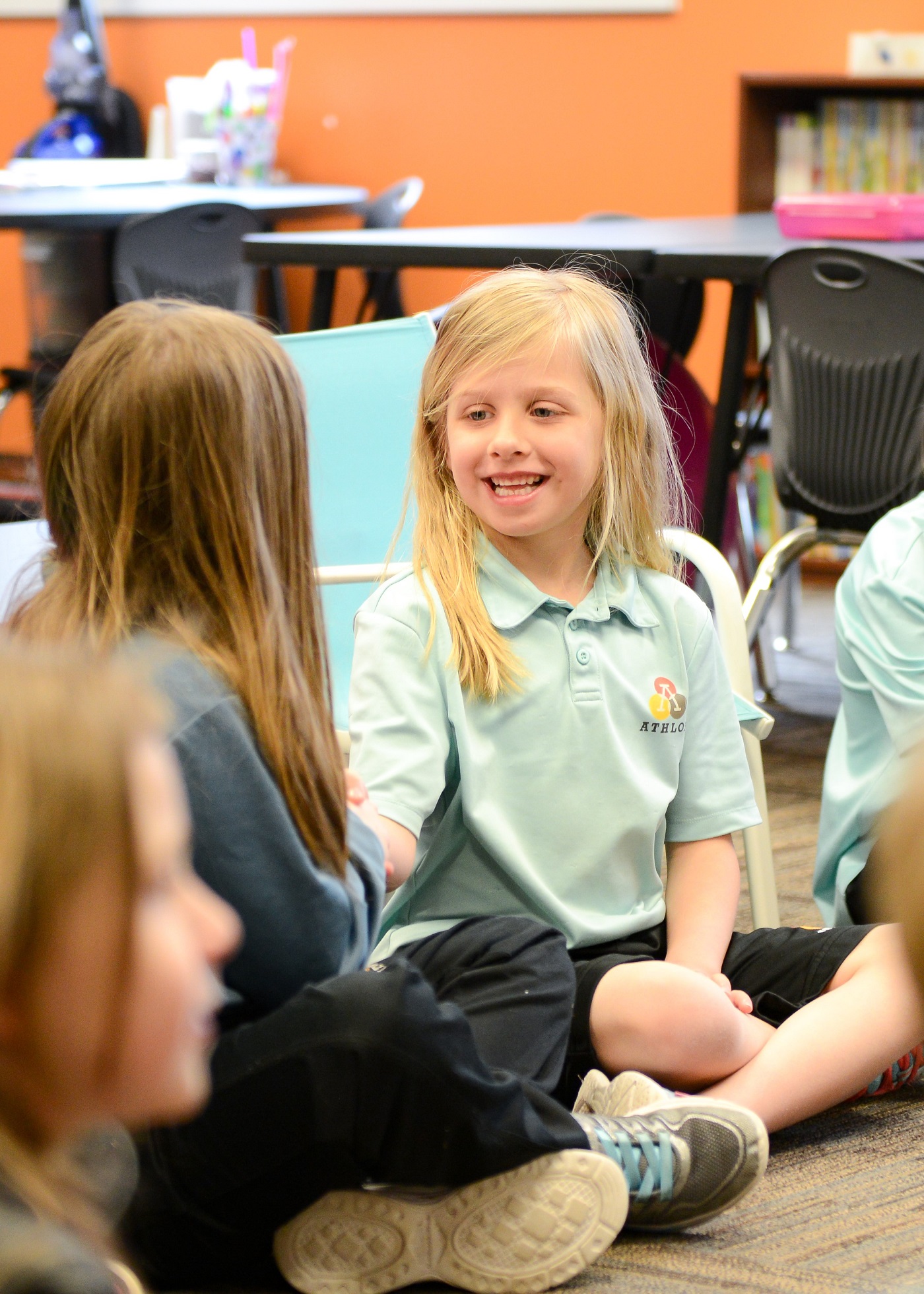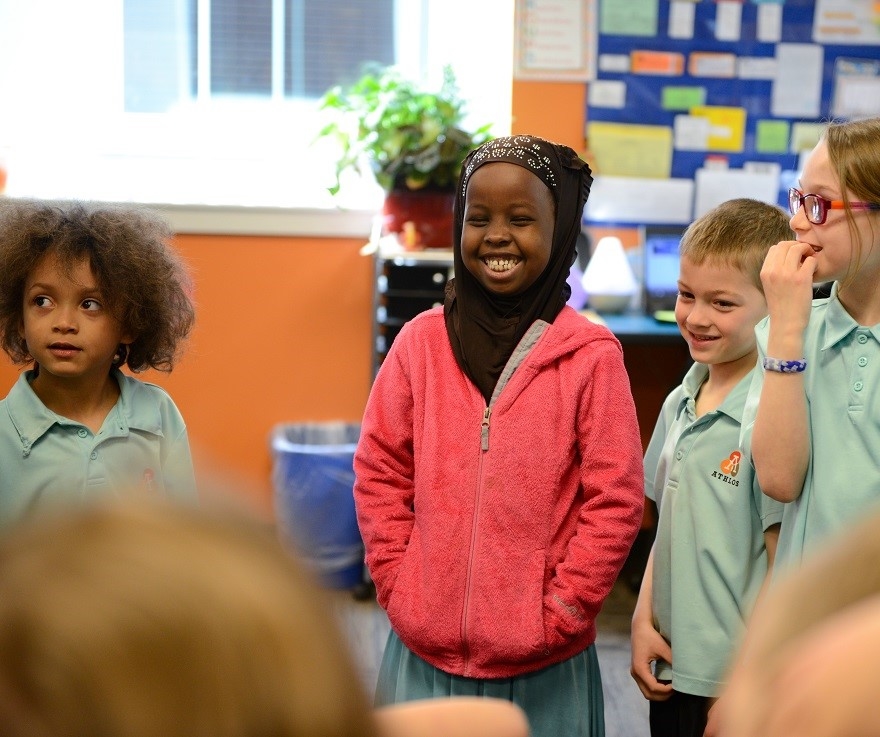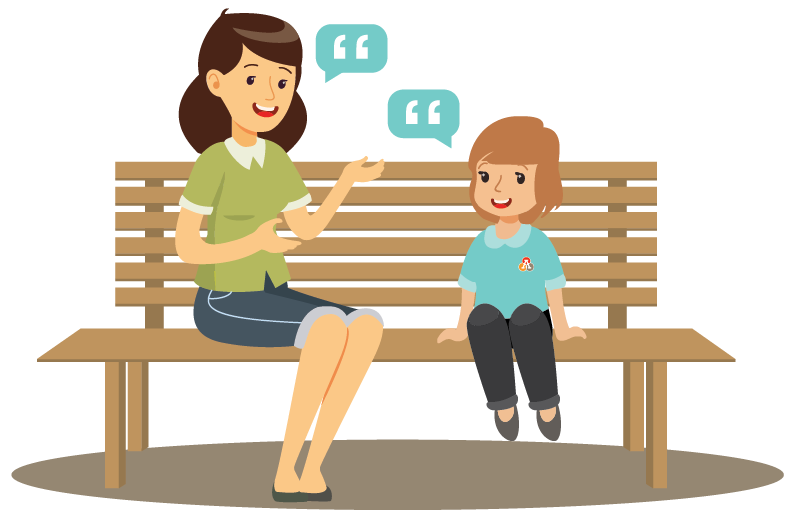Preventing Bullying Through Social Emotional Learning
Bullying in schools is an issue many know all too well. Though research has yet to find a perfect solution to this complex problem, Athlos strives to prevent bullying through cooperative effort, the development of Performance Character traits, and social emotional learning.
What Defines “Bullying?”
There are many different types of bullying, so it’s important to know what it is and what it is not.
 According to the U.S. Department of Health and Human Services, “bullying is unwanted, aggressive behavior among school-aged children that involves a real or perceived power imbalance. The behavior is repeated, or has the potential to be repeated, over time.”
According to the U.S. Department of Health and Human Services, “bullying is unwanted, aggressive behavior among school-aged children that involves a real or perceived power imbalance. The behavior is repeated, or has the potential to be repeated, over time.”
For many early scholars, school marks the first opportunity for students to interact, cooperate, and share with each other. This often means they are still discovering new feelings and learning to make decisions, which sometimes leads to irrational behavior and unintended harm. Though this kind of behavior should be addressed, it is not considered bullying.
Whether it be bullying or a similar action, when addressing these issues through social emotional learning we need to first develop a clearer understanding of the problem.
Doing nothing only encourages more bullying.
What We Know About Bullying
Contrary to popular belief, studies suggest bullying may be declining, but it is still a serious issue in schools. It’s important for adults to know what, when, and where bullying typically takes place so that they can better help intervene and prevent it.
According to research gathered by the U.S. Department of Health and Human Services:
- Most bullying occurs in middle school with the most common type of bullying being verbal and social
- Most bullying takes place in school, on school grounds, and on the bus. Bullying also occurs wherever children gather in the community and online.
- Bullying typically involves groups of students who support each other in the bullying behavior
- There is no single profile for a student who bullies
Whether you are an educator, parent, or community member, it’s important to know the warning signs for bullying and who is most at risk. If you have recently witnessed or suspect an incident involving bullying, speak out and discuss it with school officials and parents immediately.
 Bullying Is Preventable
Bullying Is Preventable
Many times, school staff and parents are unaware of bullying; less than 40 percent of students who are bullied will notify adults about the issue. The top reasons students don’t discuss bullying with adults is because they want to handle it on their own, and that they don’t believe they’ll be taken seriously. To improve these statistics, schools need to work constantly with parents, students, and community members in creating a safe learning environment where children can trust and communicate openly.
Movement breaks, classroom huddles, and incorporating Performance Character traits into everyday teaching are just a few of the ways Athlos strives to foster an open and safe learning environment.
Research suggests that students who start to become aware of emotions, empathy, and diversity in the classroom begin to develop a sense of community of trust and support. Additionally, students often become more communicative about their challenges, more willing to manage their emotions, and become more socially intelligent.
Together We Can Prevent Bullying
 Bullying prevention through social emotional learning will take time. It’s a complex issue and it would be unrealistic to expect a single solution with instant results. It requires a community effort between school staff, parents, and students. It’s more than just awareness, it’s a paradigm shift for a whole community.
Bullying prevention through social emotional learning will take time. It’s a complex issue and it would be unrealistic to expect a single solution with instant results. It requires a community effort between school staff, parents, and students. It’s more than just awareness, it’s a paradigm shift for a whole community.
Everyone plays a part to prevent bullying. Educators and parents need to learn the warning signs for bullying, ask questions, actively listen, and provide support. Students need to practice standing up, speaking out, and getting help. Community members not directly affiliated also play a role by being aware at bus stops, shopping areas, community parks, and other common areas where youth gather.
Though there is yet to be a perfect solution to bullying, social emotional learning has proven to have positive results. By being aware of the warning signs, fostering a school culture of trust and support, and taking appropriate action, we can prevent bullying together.





Leave a Reply
Want to join the discussion?Feel free to contribute!